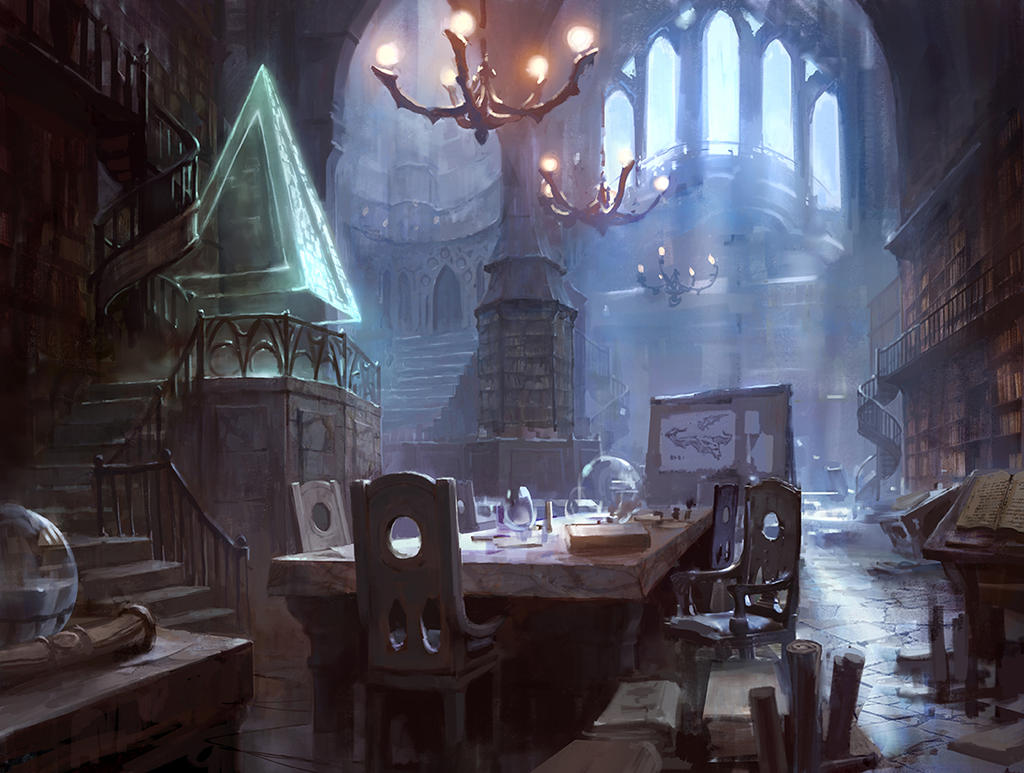When a
friend came to me saying he wanted to play D&D for the first time with our
group of friends, I asked him if he was going to be DMing. He denied and
suggested I did it instead, as I was the one who organized most of our group
meetings. I didn’t know anything about D&D or DMing in general, but thought
I could give it a shot. How hard could it be?
Now, almost
two years later, I can tell you it isn’t difficult at all! It can be time
consuming at times, and require a bit of studying mostly from your part (even
more if your players don’t ever read the Player’s Handbook, making you have to
explain the game to them, or be the judge when coming to rules debates) but it ends up paying off in the end.
However,
when I started running the game, I hadn’t even read the Player’s Handbook. The
only thing I did read was the Basic Rules you can find for free here. What I
used to learn everything I know about the game can be found on Youtube. That’s
why I wanted to share the Youtube channels I follow so you don’t have to find
them on your own:
This dude
was the one who taught me how easy dungeon mastering can be and where I could
improve in different ways. This channel made him grow a lot and is constantly
improving the quality of his content. If you are just starting as a DM I can’t
recommend his channel enough.
This might
be the closest I found to a D&D podcast to learn on how to improve your
DMing. They divide each of their videos in 10 mins+ discussions about different
topics. What’s more, they also speak about how they like to use certain
creatures in impactful ways, as well as tips on how you should use them, such
as liches or krakens, using examples of how to best run them. What’s more, one
of the two of them is a player of their table, so you can hear all these
different tips from his perspective.
This guy has
got a lot of insight into running lots of different TTRPGs, but all his tips
and advices apply to D&D as well. He covers some of the same topics Matt
Colville talks about, but I really like hearing his perspective of different
subjects as well.
Jorphdan is
a loremaster from different D&D settings, principally Forgotten Realms. By
watching his videos you can learn bits of lore that not only gives you some
inspiration, but also gives you things you can straight steal to use in your
games. These locations, people, races, etc were created by professionals, so
you can most possibly find a good use for them.
Dael has
lots of different ideas and advices to give, including a redesigned Beastmaster
ranger. She also does some videos about mythology which works greatly as a
source of inspiration. I talked about one of her creations in this post, which
I always have at hand during my sessions.
Last but
definitely not least is Josiah with his awesome Monster of the week series. He takes
monsters from other editions and games and brings them to D&D by creating
stat blocks for you to use. In his videos he explains a bit of the lore behind
the creatures, what its abilities are and how it can be used at your game.
Bloggers
As an addition,
I wanted to add some awesome blogs I love to read that help me as much as these
videos do, or even more. One of them is right now being posted in D&DBeyond, made by the new recruit at Wizards of the Coast, who also helped create the recent adventure Waterdeep Dragon Heist, James Haeck. Then we also have Mike Shea,who you may know from his popular book The Lazy Dungeon Master. His blogs are also top notch and have wonderful pieces of advice!
You might
know of some other bloggers and Youtubers you follow. Write them down in the
comments! You might not only help me, but other viewers as well!

Comments
Post a Comment